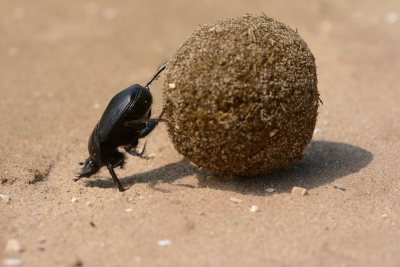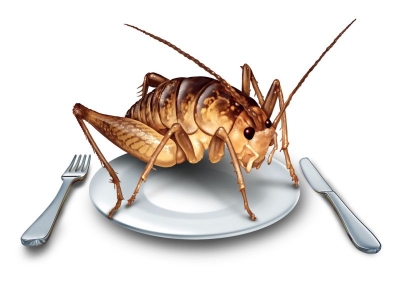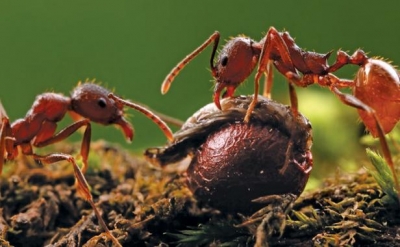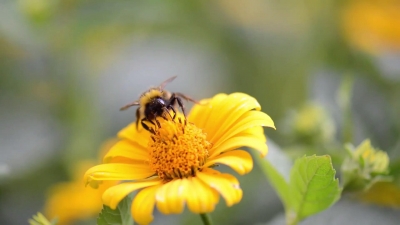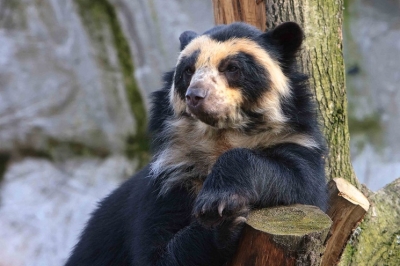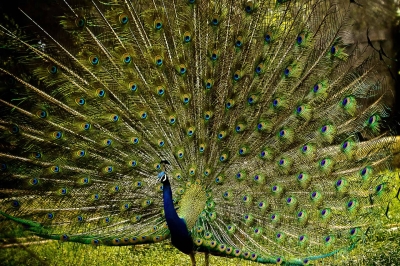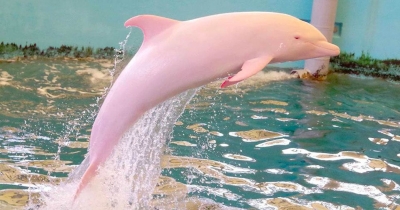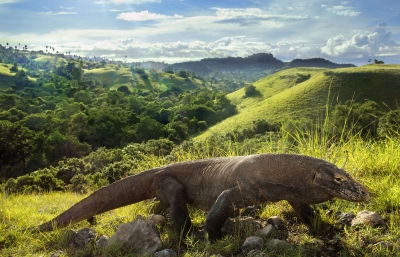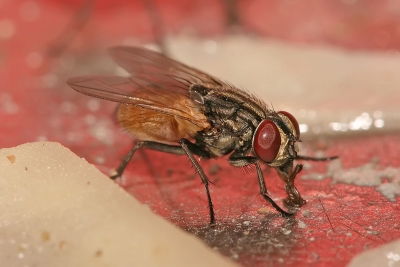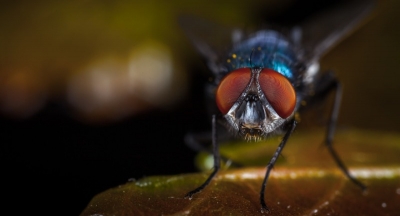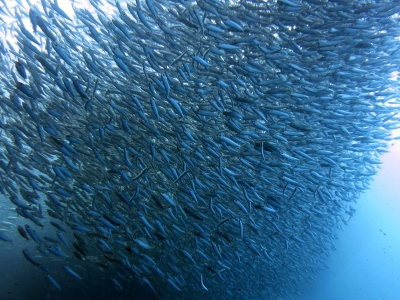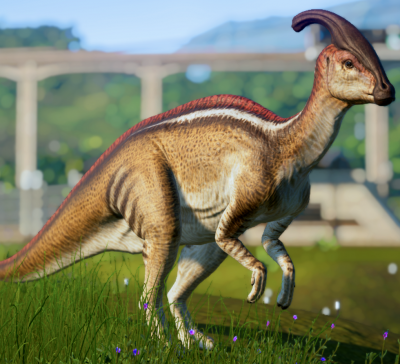What are the benefits of ladybug?
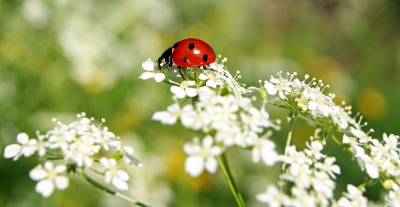
Ladybugs, or lady beetles, are considered a beneficial bug which helps rid an area of crop-damaging aphids, mealybugs and other destructive insect pests. The adult ladybugs feed on these insects. They also lay their eggs among the aphids or other prey so the emerging larvae can feed on the insects, too.
Ladybugs are predatory beetles that eat a large number of aphids (plant lice) and other harmful bugs. Even in the larval stage, ladybugs will normally consume hundreds of aphids and will grow into adults that may eat up to 5,000 aphids in a lifetime. This greatly reduces the population of harmful insects that will otherwise destroy your plants.
IPM techniques aim to eliminate or limit pest damage through preventative ecosystem management. The gardener considers environmental factors that lead to pest infestation and seeks a combination of controls for effective long-term success. Biological controls, including a healthy population of ladybugs, are essential for naturally controlling aphids, spider mites, whiteflies and scale insects, including rose scale. Provide a healthy environment for both roses and ladybugs. According to a 2011 University of California report, more than 3,000 ladybugs, released over time, were required for the successful treatment of just one aphid-infested rosebush. The natural population of predator ladybugs in such a garden contributes to its health.
Credit : Garden Guides
Picture Credit : Google
